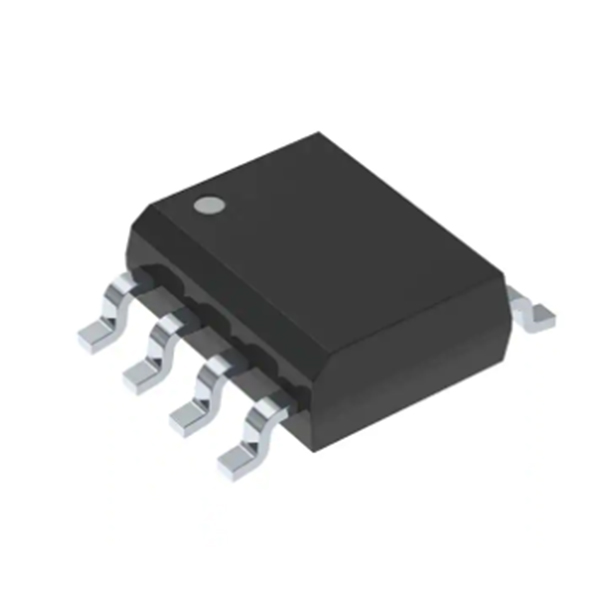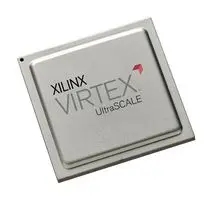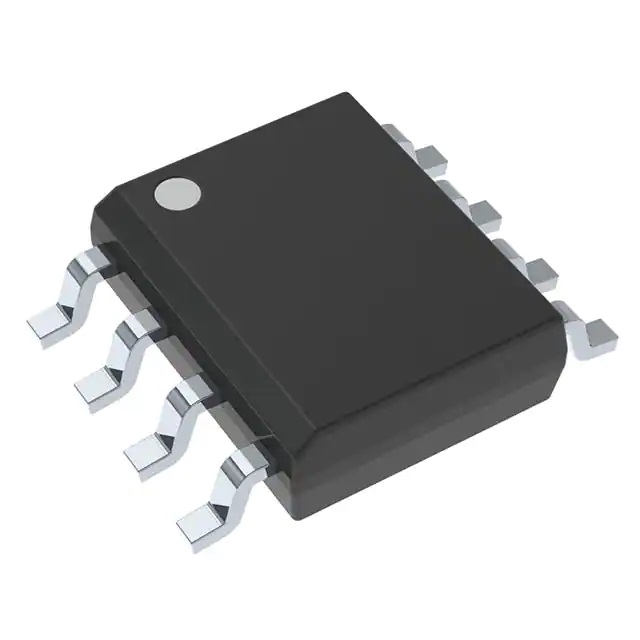Original IC hot-selling EP2S90F1020I4N BGA Integrated Circuit IC FPGA 758 I/O 1020FBGA
Product Attributes
| TYPE | DESCRIPTION |
| Category
|
Integrated Circuits (ICs) Embedded FPGAs (Field Programmable Gate Array) |
| Mfr | Intel |
| Series | Stratix® II |
| Package | Tray |
| Standard Package | 24 |
| Product Status | Obsolete |
| Number of LABs/CLBs | 4548 |
| Number of Logic Elements/Cells | 90960 |
| Total RAM Bits | 4520488 |
| Number of I/O | 758 |
| Voltage – Supply | 1.15V ~ 1.25V |
| Mounting Type | Surface Mount |
| Operating Temperature | -40°C ~ 100°C (TJ) |
| Package / Case | 1020-BBGA |
| Supplier Device Package | 1020-FBGA (33×33) |
| Base Product Number | EP2S90 |
Another big gamble for the chip giant
Intel never seems to lack the courage to break its back.
If you turn the hands of time back to 1985, you will find that Intel is making the same decision today as it did then – to exit the storage market.
Thirty-seven years ago, it was this decision to exit the storage market that led to Intel’s leading position in the microprocessor sector. So 37 years later, what kind of future will the same decision bring to Intel?
Abandoning storage to take the CPU high ground
In the past two or three decades, Intel had absolute control in the field of computer microprocessors, once occupying more than 80% of the global market share of personal computer and server chips, and the CPU field was so bright that people once forgot that Intel was originally a storage semiconductor manufacturer, the world’s first company to commercialize DRAM.
Founded in 1968, Intel’s first product was a bipolar processing 64-bit memory chip, codenamed 3101, which was followed by the first high-capacity (256-bit) metal oxide semiconductor memory, 1101, and the first dynamic random memory with a capacity of 1KB, 1103. “1103″. With a very high price/performance ratio, Intel’s storage products were in short supply, and until the early 1980s, Intel was the champion in the DRAM field.
However, it was the onset of the Japanese price war that pulled Intel off the storage semiconductor throne.
In 1976, led by Japan’s Ministry of International Trade and Industry (MITI), with Hitachi, Mitsubishi, Fujitsu, Toshiba, and NEC as the backbone of the five major companies, the Ministry of International Trade and Industry’s Electrical Technology Laboratory (EIL), the Japan Industrial Technology Research Institute (JITRI) Electronics Research Institute and the Institute of Computer Science and Technology, formed the “VLSI Joint Research and Development Group”, investing 72 The VLSI Consortium was formed with an investment of 72 billion yen to jointly research microfabrication technologies for integrated circuits.
In 1981, the real battle between the US and Japan began. The 3200 chip launched by Panasonic became a dark horse in the storage field, with a lower price and higher reliability than the Intel 8087 chip, and quickly took over the US market. The aggressive Japanese memory industry caused the price of Intel’s memory chips to plummet from US$28 to US$6 within a year, and its market share plummeted to below 20%. 1984 saw a collapse in Intel’s performance.
In 1985, Andy Grove decided to abandon memory chips, shifting the focus of Intel’s business from memory chips to CPU computing chips. This was Intel’s first withdrawal from the storage market, and it was this decision that led to Intel’s subsequent dominance of the global microprocessor market.
Intel had already launched the world’s first microprocessor, the 4004, in 1971; the 8080, which was praised by experts as one of the most successful microprocessors of all time, in 1974; the x86 architecture, which is now well known, made its debut in the 8086 processor in 1978; and the 8088, which ushered in the microcomputer era, in 1979. The 8088 processor, which ushered in the era of microcomputers, was introduced in 1979. Even though the company had already made its mark in the microprocessor field, memory chips were still the mainstay for Intel at the time, with microprocessors only a sideline.
After deciding to shift its business focus in 1985, Intel launched a series of classic processors such as the 80386, 80486, and Pentium (Pentium), of which the 80386 was the first 32-bit microprocessor and the Pentium processor was one of the most important technologies of the 1990s. In conjunction with Microsoft, Intel ended the monopoly of the former king, IBM, and became the new king of the PC world, and to this day no one in the PC industry has been able to break the Windows plus Intel Wintel model.
The latter happened as we all know it, as the personal computer industry, represented by the PC, sprouted and became a huge success, Intel’s microprocessor business was able to take off the momentum and Intel grew from a memory manufacturer to a chip hegemon. By the third quarter of 2002, Intel’s share of the global microprocessor market was 85.9 percent.






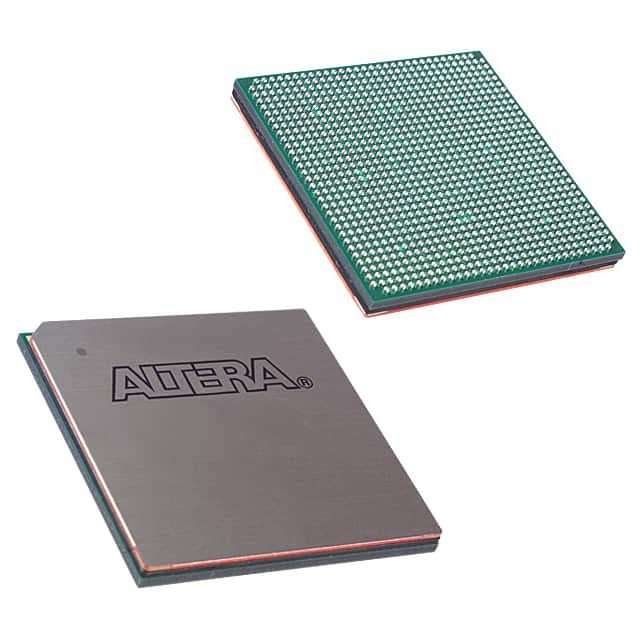
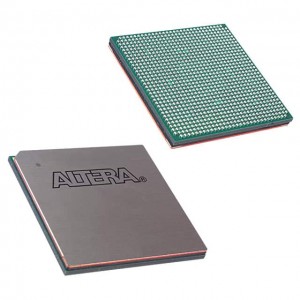
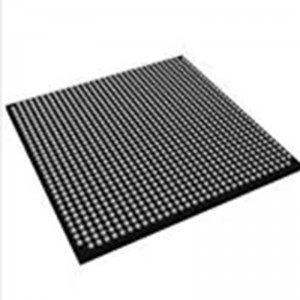
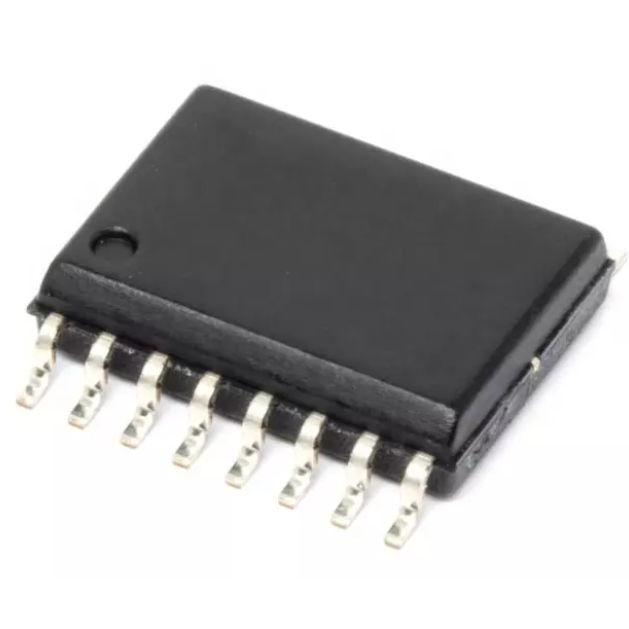
.png)

